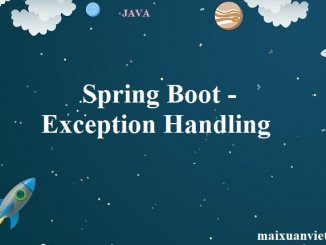
Spring Boot – Exception Handling
Handling exceptions and errors in APIs and sending the proper response to the client is good for enterprise applications. In this chapter, we will learn […]

Handling exceptions and errors in APIs and sending the proper response to the client is good for enterprise applications. In this chapter, we will learn […]
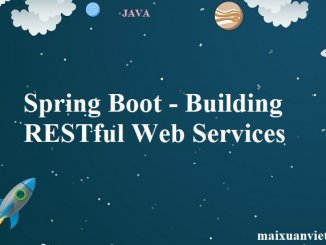
Spring Boot provides a very good support to building RESTful Web Services for enterprise applications. This chapter will explain in detail about building RESTful web […]
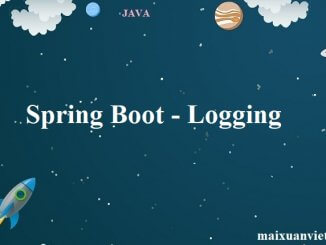
Spring Boot uses Apache Commons logging for all internal logging. Spring Boot’s default configurations provides a support for the use of Java Util Logging, Log4j2, […]
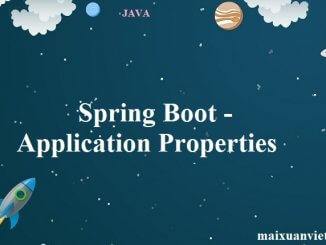
Application Properties support us to work in different environments. In this chapter, you are going to learn how to configure and specify the properties to […]
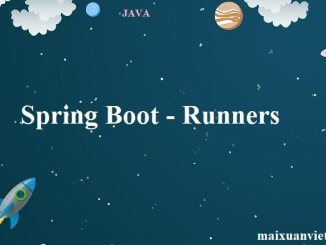
Application Runner and Command Line Runner interfaces lets you to execute the code after the Spring Boot application is started. You can use these interfaces […]
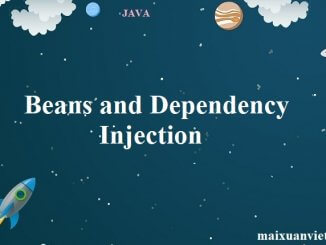
In Spring Boot, we can use Spring Framework to define our beans and their dependency injection. The @ComponentScan annotation is used to find beans and the corresponding […]
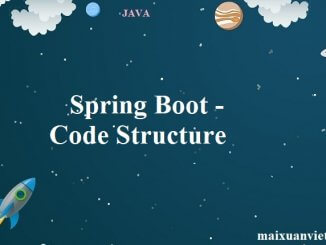
Spring Boot does not have any code layout to work with. However, there are some best practices that will help us. This chapter talks about […]
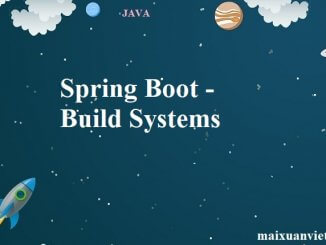
In Spring Boot, choosing a build system is an important task. We recommend Maven or Gradle as they provide a good support for dependency management. […]
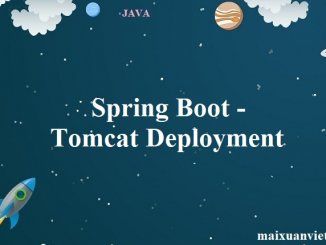
By using Spring Boot application, we can create a war file to deploy into the web server. In this chapter, you are going to learn […]
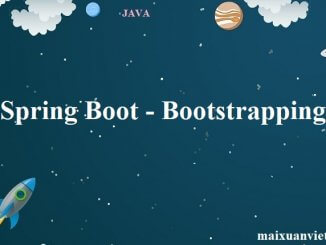
This chapter will explain you how to perform bootstrapping on a Spring Boot application. 1. Spring Initializer One of the ways to Bootstrapping a Spring […]
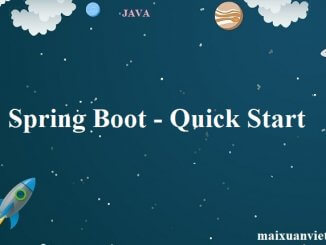
This chapter will teach you how to create a Spring Boot application using Maven and Gradle. 1. Prerequisites Your system need to have the following […]
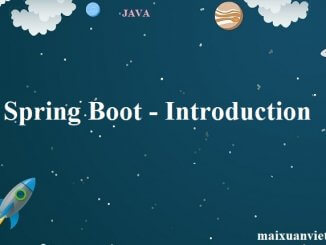
Spring Boot is an open source Java-based framework used to create a micro Service. It is developed by Pivotal Team and is used to build […]

Trong bài trước tôi đã giới thiệu với các bạn một số kiến thức cơ bản về Swagger. Trong bài này, tôi sẽ hướng dẫn […]

Trong các bài viết trước, chúng ta đã cùng tìm hiểu cách xây dựng các ứng dụng RESTful API. Một công việc tiếp theo chúng […]

1. HATEOAS là gì? HATEOAS (Hypermedia As The Engine Of Application State) là một trong những chuẩn được khuyến nghị cho RESTful API. Thuật ngữ “Hypermedia” có nghĩa là bất kỳ nội […]

Trong các bài viết trước chúng ta sử dụng thư viện Jersey client, OkHttp, Retrofit để gọi các RESTful API. Trong bài này, tôi sẽ giới thiệu với các […]

Trong các bài viết trước chúng ta sử dụng thư viện Jersey client, OkHttp để gọi các RESTful API. Trong bài này, tôi sẽ giới thiệu với các […]

Trong các bài viết trước chúng ta sử dụng thư viện Jersey client để gọi các RESTful API. Trong bài này, tôi sẽ giới thiệu […]

Trong bài này tôi sẽ giới thiệu với các bạn cách gọi Restful web service sử dụng thư viện chuẩn java.net của Java, không sử dụng bất […]

Trong bài trước, chúng ta đã cùng tìm hiểu về xác thực và phân quyền ứng dụng sử dụng cơ chế Basic Authentication trong Jersey 2.x. Trong bài […]
